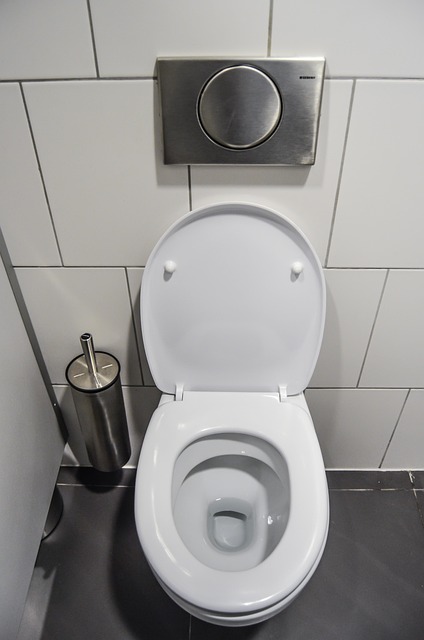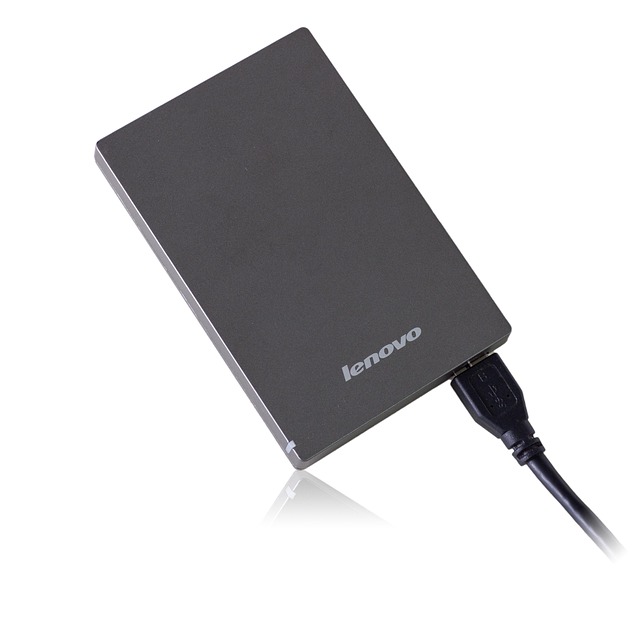Revolutionize Humanitarian Aid with Waterless Portable Toilet Systems

Waterless portable toilet systems for emergency preparedness offer a revolutionary solution to sanit…….
In an era marked by increasing natural disasters, geopolitical conflicts, and public health emergencies, the need for robust and sustainable sanitation solutions has never been more critical. At the forefront of this challenge are waterless portable toilet systems, designed to provide hygienic and safe sanitation during times of crisis when traditional infrastructure may be compromised. This article delves into the world of waterless portable toilets, exploring their design, benefits, global impact, and their crucial role in ensuring public health and safety during emergencies. By understanding these systems, we can better prepare for and respond to unforeseen events that disrupt our daily lives.
Waterless portable toilet systems, also known as dry sanitation or chemical toilet systems, are off-grid, self-contained sanitation units designed to operate without access to water or sewerage networks. These systems utilize a combination of chemical and organic processes to break down human waste into harmless byproducts, ensuring minimal environmental impact.
The core components typically include:
The concept of waterless toilets dates back to ancient times when dry sanitation methods were prevalent in certain cultures. However, modern waterless portable toilet systems have evolved significantly due to advancements in chemistry, materials science, and environmental engineering. The need for such systems gained prominence during the global response to natural disasters like the 2010 Haiti earthquake and the 2011 Japan tsunami, where temporary sanitation solutions were essential for displaced populations.
Their significance lies in several key areas:
Waterless portable toilet systems have garnered global attention due to their potential to address sanitation challenges in developing and post-disaster settings. The United Nations (UN) has recognized the importance of innovative sanitation solutions, with initiatives like the Sustainable Development Goals (SDGs) emphasizing access to clean, safe, and sustainable sanitation worldwide.
The adoption and development of waterless portable toilets vary across regions:
The global portable toilet market, which includes waterless systems, is experiencing steady growth due to increasing demand from various sectors:
The market attracts investments from both public and private sectors:
Waterless portable toilet systems contribute to economic systems in several ways:
The field of waterless portable toilet technology has witnessed several breakthroughs:
Technological advancements offer several benefits:
The regulation of waterless portable toilet systems varies across jurisdictions:
Policies play a crucial role in shaping the market:
Despite their numerous advantages, waterless portable toilet systems face several challenges:
Proposed solutions to address these challenges include:
Several case studies highlight the effective use of waterless portable toilet systems:
1. Haiti Post-Earthquake Relief (2010)
In the aftermath of the devastating earthquake in Haiti, international aid organizations deployed thousands of portable toilets to provide emergency sanitation for displaced survivors. Waterless systems were chosen due to their ease of setup and lack of dependence on water infrastructure, ensuring a rapid response to a critical need.
2. Outdoor Music Festivals (North America)
Major music festivals in North America have adopted waterless portable toilets as a sustainable alternative to traditional porta-potties. These events attract hundreds of thousands of attendees, and waterless systems help minimize environmental impact while providing clean and safe sanitation options.
3. Rural Communities in India (South Asia)
In remote villages across India, non-profit organizations have introduced waterless toilets as a cost-effective solution for communities with limited access to basic sanitation. Local entrepreneurs provide maintenance and collection services, empowering the community with improved hygiene and health outcomes.
The future of waterless portable toilet systems looks promising, with several growth areas:
To capitalize on future prospects, stakeholders should:
Waterless portable toilet systems represent a significant advancement in sanitation technology, offering solutions for global challenges from disaster response to outdoor events and remote community development. As the world navigates an era of increasing crises and environmental awareness, these systems play a crucial role in ensuring public health, safety, and sustainability. By addressing challenges through innovation, education, and strategic partnerships, we can unlock the full potential of waterless portable toilets, paving the way for a cleaner, more resilient future.
Q: Are waterless portable toilets hygienic?
A: Yes, modern systems utilize advanced chemical processes to ensure hygiene. Properly designed and maintained units meet health and safety standards, providing clean and safe sanitation experiences.
Q: How do these toilets handle odors?
A: Odor control is a critical aspect of waterless toilet design. Charcoal filters, odor neutralizers, and improved waste breakdown techniques significantly reduce odors, ensuring acceptable conditions for users.
Q: Can waterless toilets be used in extreme weather conditions?
A: While waterless systems are designed for versatility, their performance may vary in extreme conditions. Proper ventilation and regular cleaning are essential to maintain hygiene during hot or cold climates.
Q: How do I dispose of waste from a waterless toilet properly?
A: Disposal methods depend on local regulations and facilities. Common practices include sealed container collection for safe burial or specialized treatment centers that process the waste using advanced technologies.
Q: Are these toilets more expensive than traditional porta-potties?
A: Initial costs can be higher, but waterless systems offer long-term savings by eliminating water and sewerage connections. Additionally, innovative leasing models make them more accessible for various applications.

Waterless portable toilet systems for emergency preparedness offer a revolutionary solution to sanit…….

Waterless portable toilet systems for emergency preparedness revolutionize sanitation management, of…….

Waterless portable toilet systems offer an eco-friendly sanitation solution for remote locations and…….

Waterless portable toilet systems offer eco-friendly sanitation for outdoor events, reducing environ…….

Waterless portable toilet systems for emergency preparedness revolutionize sanitation in remote area…….

Waterless portable toilet systems transform disaster relief by addressing sanitation needs in remote…….

Regular maintenance, including cleaning, odour control, and filtration, is essential for waterless p…….

Waterless portable toilet systems provide sustainable and hygienic solutions for emergency preparedn…….

Waterless portable toilet systems offer eco-friendly hygiene solutions for outdoor events and emerge…….

Waterless portable toilet systems offer a sustainable and hygienic solution for emergency sanitation…….